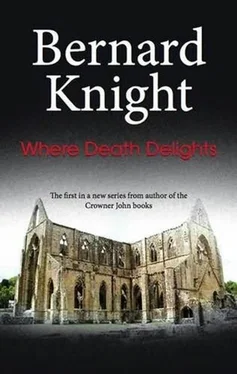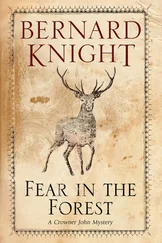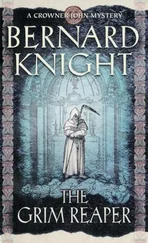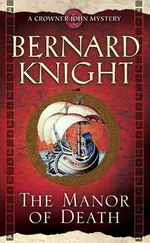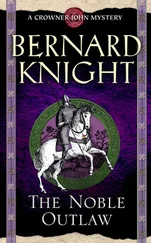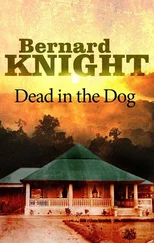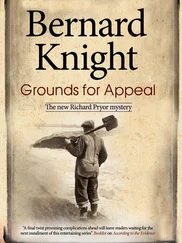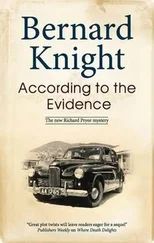
Bernard Knight
Where Death Delights
The first book in the Dr Richard Pryor series, 2010
I would like to thank fellow crime writers Brian Innes and Michael Jecks for information on forensic chemistry, document examination and weapons; Judge John Prosser QC for some advice on legal history; Dr Wayne Jones of Linköping University, Sweden, and Professor Derrick Pounder of Dundee University for historical data on toxicological analysis – and Peter Haig and Jeremy Wills of Molyslip Atlantic Ltd for information on lubrication additives. Any errors are due to my misinterpretation of their kind assistance.
In this tale of crime and detection, you will find no mention of CSI, DNA, SOCOS, PCA, PCR, PACE, CPS, HOLMES, FME or any of the endless forensic acronyms, as the action is deliberately placed in 1955. This was the year the author first became a pathologist and is a blatant piece of nostalgia, though the era has now become very popular in books, radio and television, possibly as a form of escapism.
To write an authentic crime novel nowadays, one has to defer to Health and Safety Regulations, Crime Scene Managers, Team Initiatives, Mission Statements, Human Tissue Act, Data Protection Act, Home Office Directives and all the depressing panoply of the bureaucratic Nanny State and political correctness.
Maybe our overcrowded world now needs these Orwellian strictures, but the stress levels were far less fifty years ago, when a trilby-wearing detective inspector in a belted raincoat could lean against the autopsy table with a fag and a mug of Typhoo Tips and chat to the pathologist about last Saturday’s game!
Though the geography is authentic, considerable trouble has been taken to make all the characters and situations totally fictitious.
‘Taceant colloquia, effugiat risus. Hic locus est ubi mors gaudet succurrere vitae…’
‘Let conversation cease, let laughter flee. This is the place where death delights to help the living’
Inscription on the marble wall of the City of New York Chief Medical Examiner’s Office and Morgue
The Welsh Marches – May 1955
A small lorry was perched on the rim of the wide concrete bowl. Two hundred yards across, it sat in the green countryside like a giant saucer. Fields sloped down on one side and woods rose on the other. The purple mass of the Black Mountains loomed on the horizon, beyond the fertile undulations of the borderland between England and Wales. Away on the left, the Skirrid could be seen, its profile split by the earthquake said to have occurred on the day of the Crucifixion.
Three men sat in the cab of the Austin one-tonner, squeezed together in the comfortable manner of workmen who have a legitimate reason to do nothing and still get paid for it. The driver had a copy of the News Chronicle spread over the steering wheel, while the older man in the middle was marking a folded copy of the Sporting Times with the stub of a pencil. On the nearside, the youngest member of the trio, an acne-scarred youth waiting to be called-up for National Service, stared down into the bowl of the small reservoir, where the steel-grey surface reflected the clouds.
‘They’re a ’ell of long time coming, in’t they?’ he complained in a nasal version of a Forest of Dean accent.
The driver raised his head from his paper. ‘You did tell ’em it was urgent, din’t you?’
‘Course I did! But the copper on the other end was as thick as two short planks. I hope he passed it on, after me walking best part of mile to the bloody phone box.’
As if to allay his concern, there was the sound of an engine labouring up the steep slope of the lane from the main road and a moment later, a black Ford Consul, with a ‘Police’ sign on the roof, appeared through the open gateway on the other side of the reservoir. Reluctantly, the Water Board men climbed out and leaned against the back of the truck, which was filled with barrows, spades and the other implements of their trade. They waited impassively for the car to come up the ramp on to the circular apron. A uniformed inspector and a large man in plain clothes emerged and walked towards them, looking down at the water below.
‘What’s all this, then?’ boomed the inspector, in the time-honoured greeting of policemen everywhere. He was a thin man with a lined face and a bushy moustache, almost certainly ex-RAF, thought the youth.
The driver stepped a pace forward, touching a finger to the peak of his flat cap. ‘I’m the foreman, Ted Reynolds. I sent the lad to phone you when we found this stuff.’ He pointed the finger away from the water, towards the bushes that filled the area between the concrete and the perimeter fence twenty yards away. The man in the tweed suit and a trilby with a turned-down brim introduced himself as PC Christie, the coroner’s officer. The five of them walked the few paces to the edge of the rim and stared across the water to the distant hills.
‘What exactly is this place?’ asked Christie.
‘An old holding reservoir, gives a head of pressure down to the villages round Pontrilas and Grosmont,’ responded the foreman. ‘We come up now and then to clean the sluices and check the inlet valves.’
‘Best show us what you’ve found,’ grunted the inspector.
Ted Reynolds turned and led the way across the concrete into the rough ground beyond, filled with saplings and brambles. The lad hung well behind, not too keen on a reunion with what he had discovered two hours ago. Reynolds halted behind a scraggy elder bush, then bent and pointed down with a calloused forefinger.
‘Yer ’tis, I reckon there’s more under the surface,’ he prophesied, poking at a brown object with a piece of twig. The inspector and the coroner’s officer squatted one each side of him, staring down at the thing projecting from a drift of last autumn’s leaves.
‘The lad came over here for a pee,’ explained the foreman. ‘Then he called us to have a look.’
He beckoned to the young labourer, who reluctantly came nearer.
‘I thought it was some old dead sheep, but when I kicked at it, it looked different,’ he muttered.
The foreman gave it another prod with his stick. ‘I used to work in an abattoir, so I know what the top end of a thigh bone looks like. But this ain’t no cow nor sheep – it’s yooman!’
The inspector took the twig from him and carefully scraped away some of the damp leaf mould from around the knob which projected above the surface, revealing a discoloured bone that went down into the soil.
Then he looked up and spoke to the coroner’s officer.
‘John, what d’you want to do about this? Call in CID or deal with it like a sudden death?’
Christie was a calm, avuncular man who looked and dressed like a prosperous farmer. He rubbed his chin thoughtfully.
‘Better tell the DI, I suppose. Let him have a look at it and then get the remains taken to the County Hospital in Hereford. They can deal with them there, unless anything naughty turns up and we have to call in the Home Office chap.’
He turned to the Water Board foreman. ‘Don’t touch anything, and make sure nobody else comes near until we get another officer up here.’
Reynolds nodded, glad of an excuse to postpone working for another hour or so. The two policemen went back to their car, where the inspector radioed to get a local constable to stand guard until the CID appeared. Then with a wave to the workers, he made a cautious three-point turn on the concrete and vanished in the direction of Monmouth.
Читать дальше
